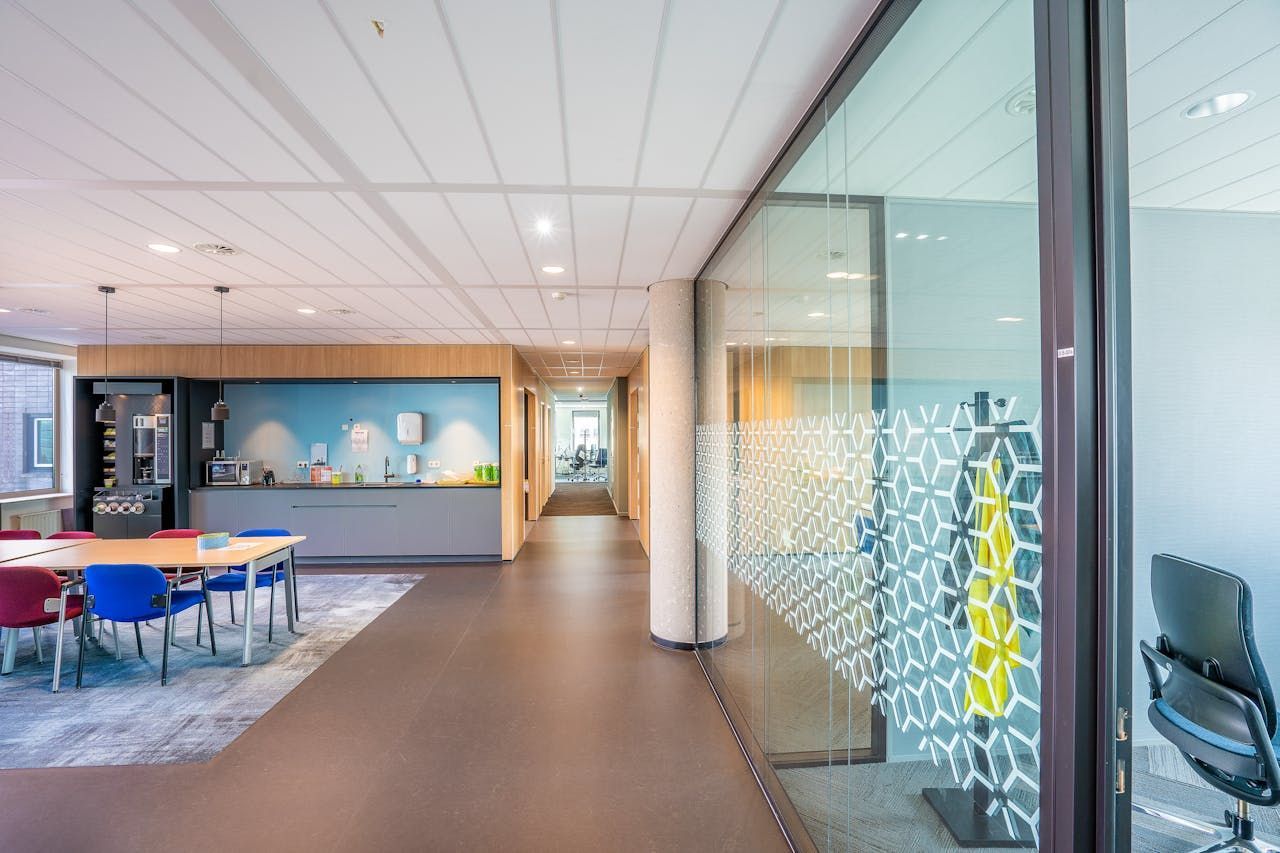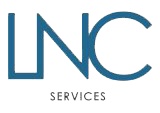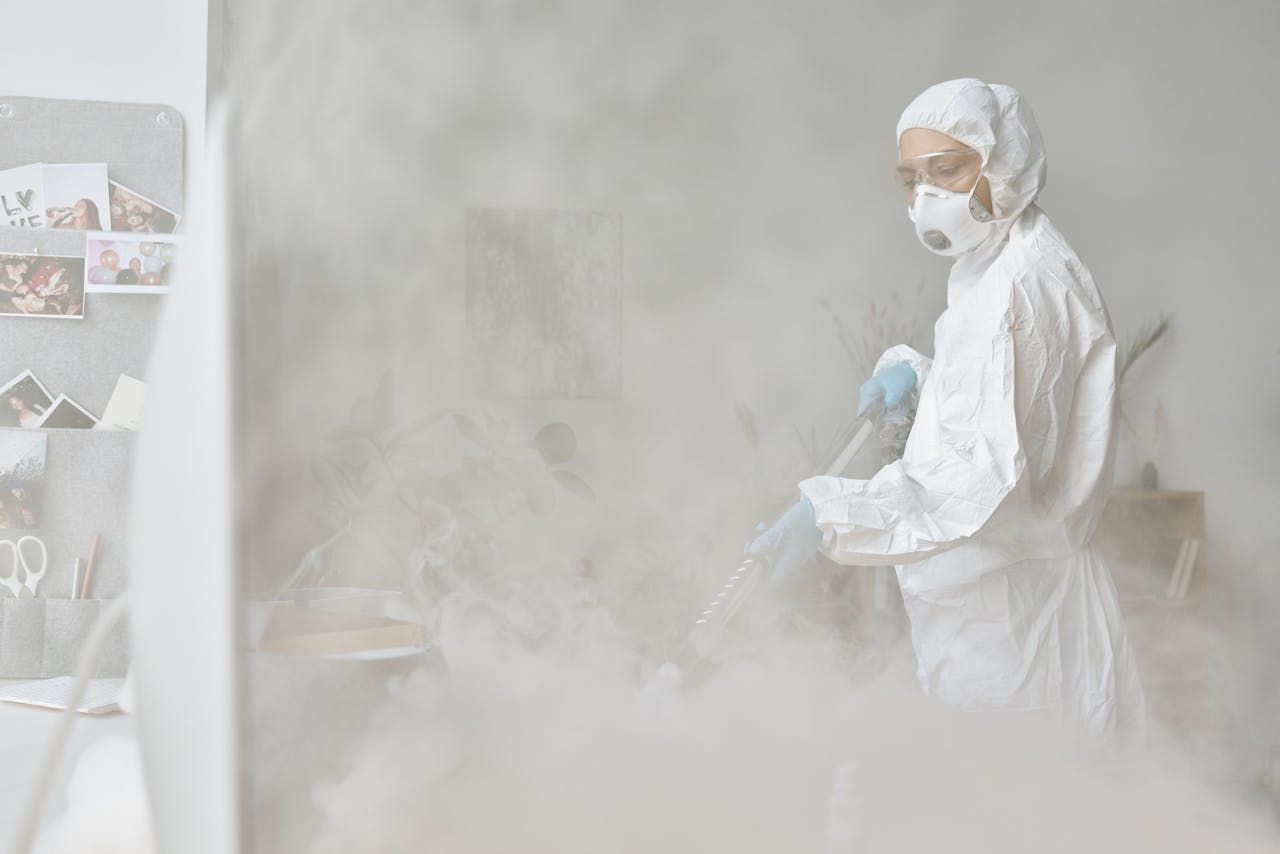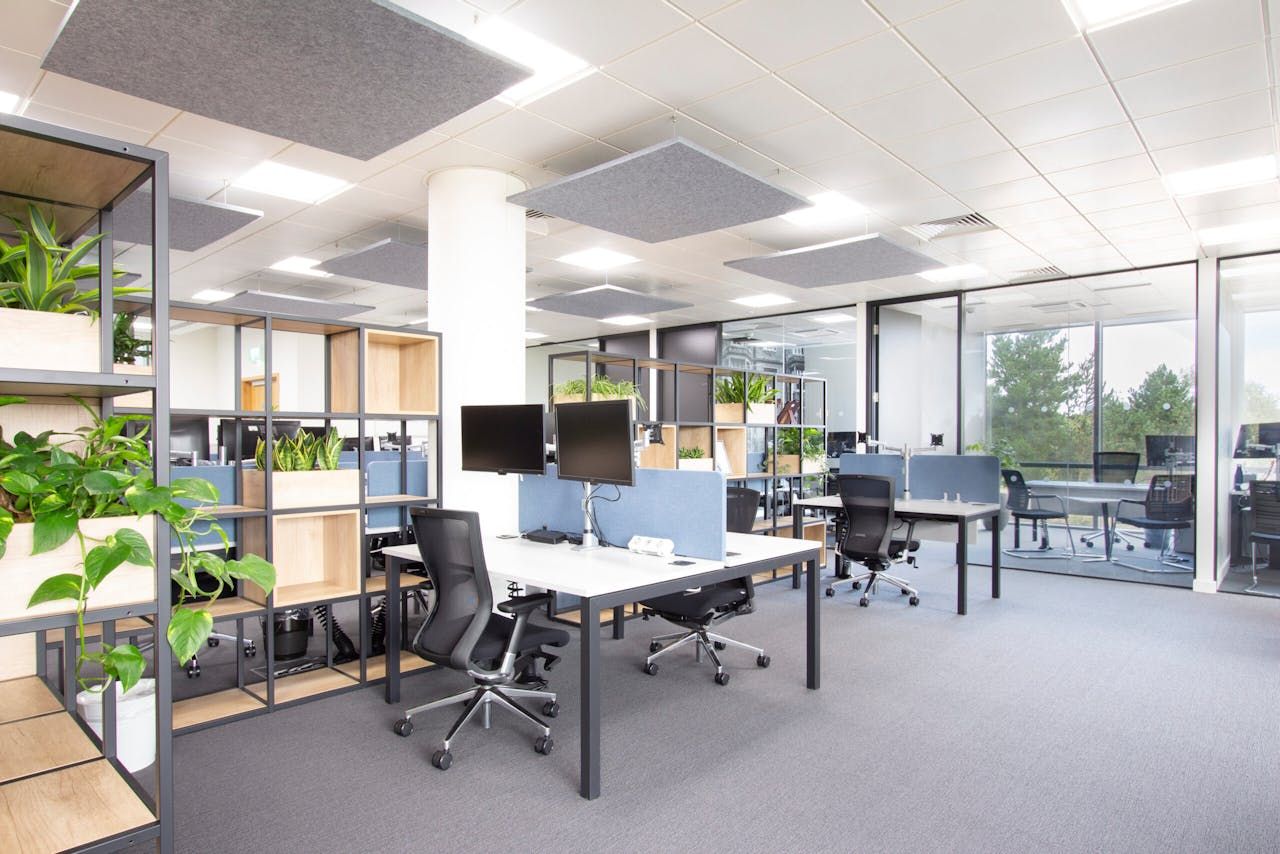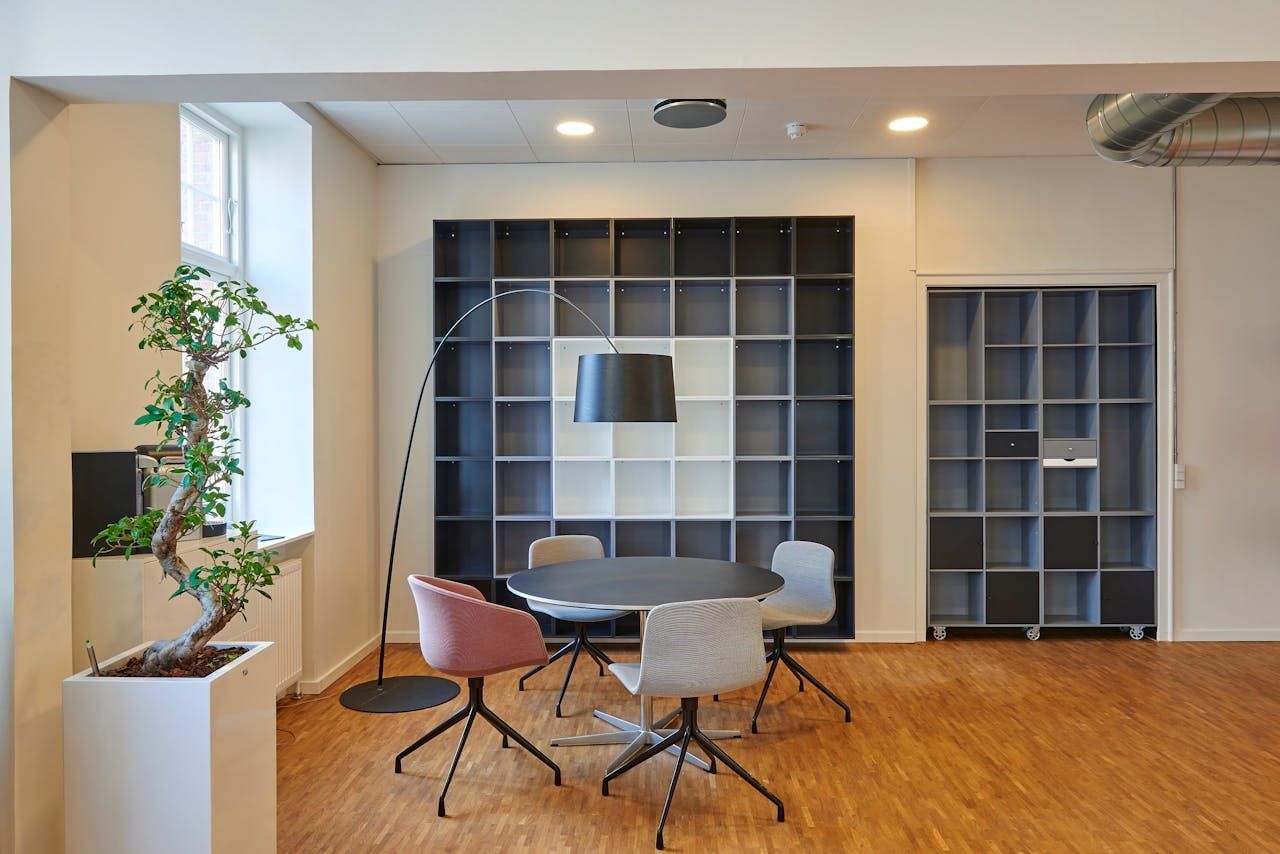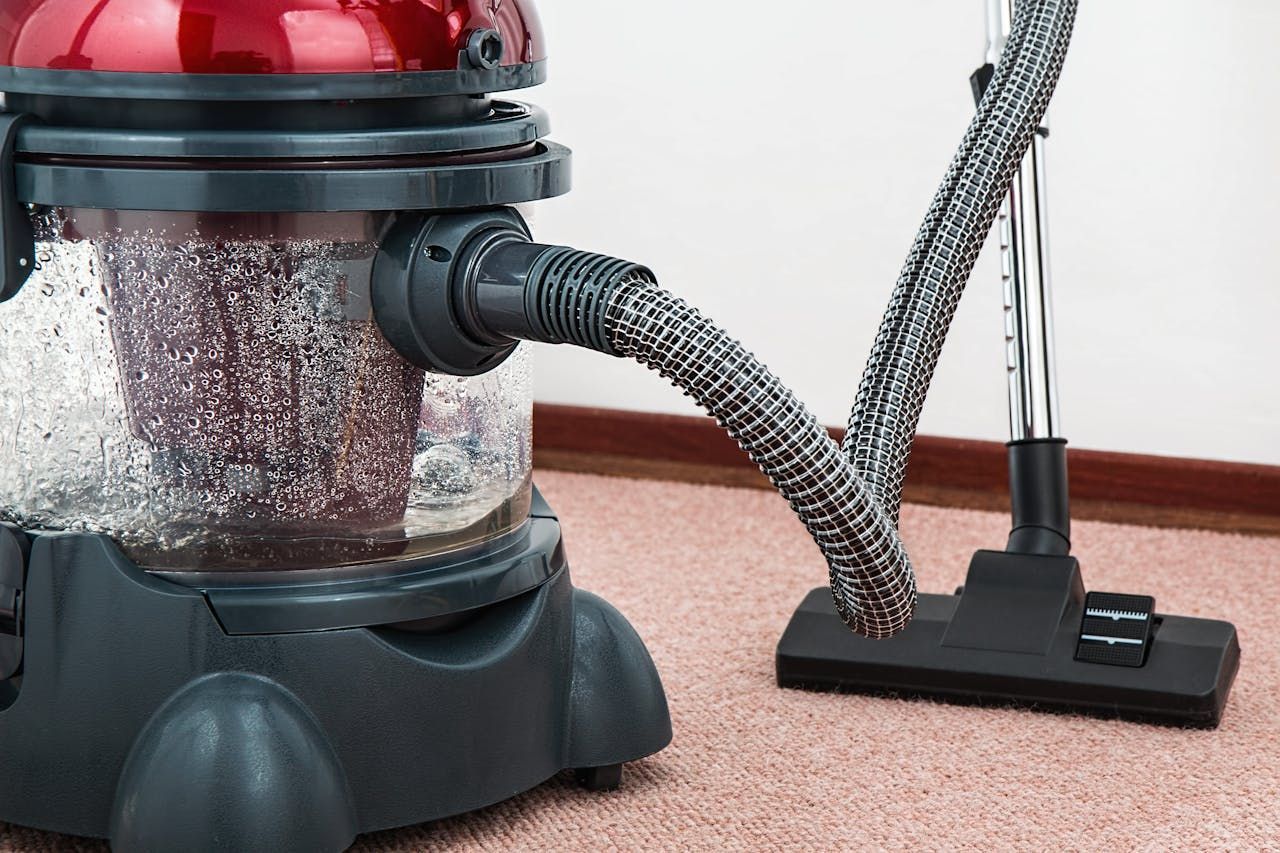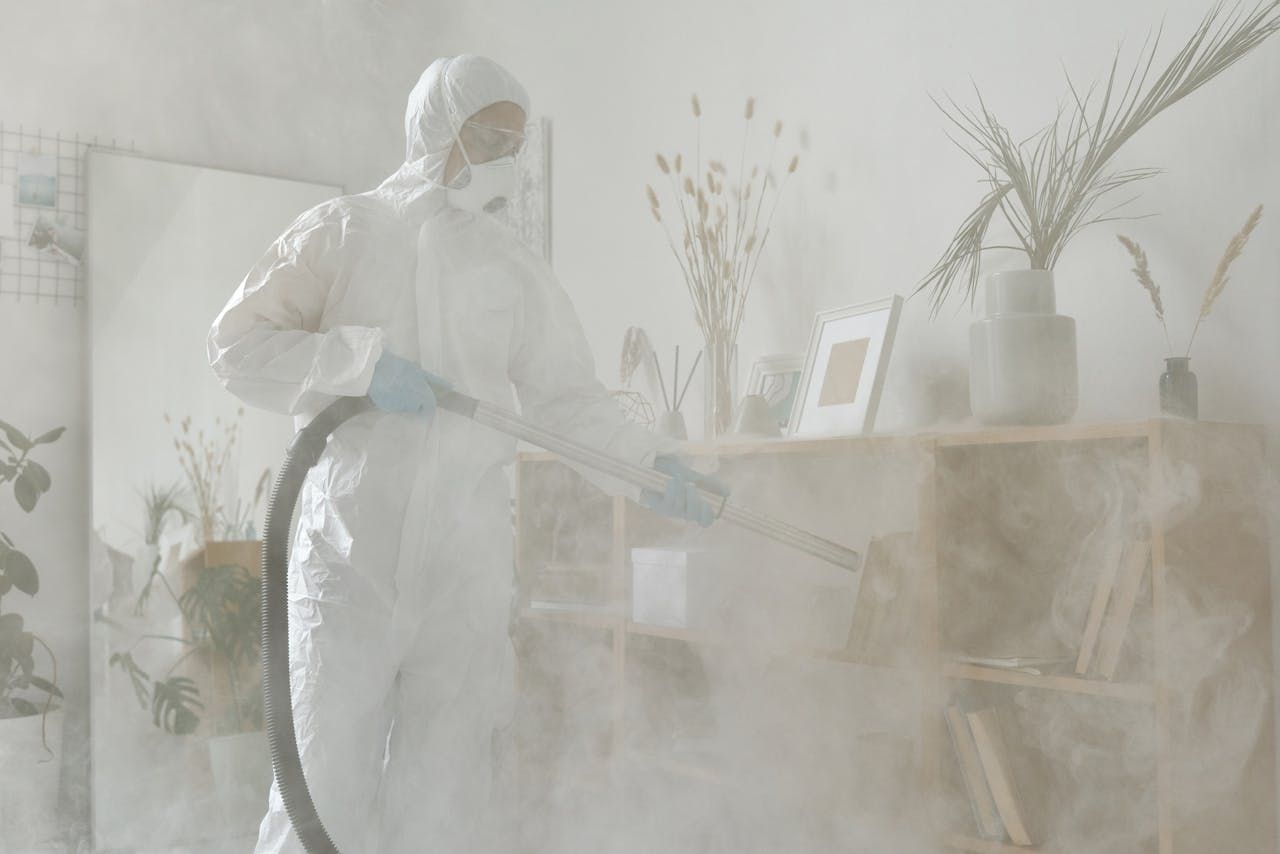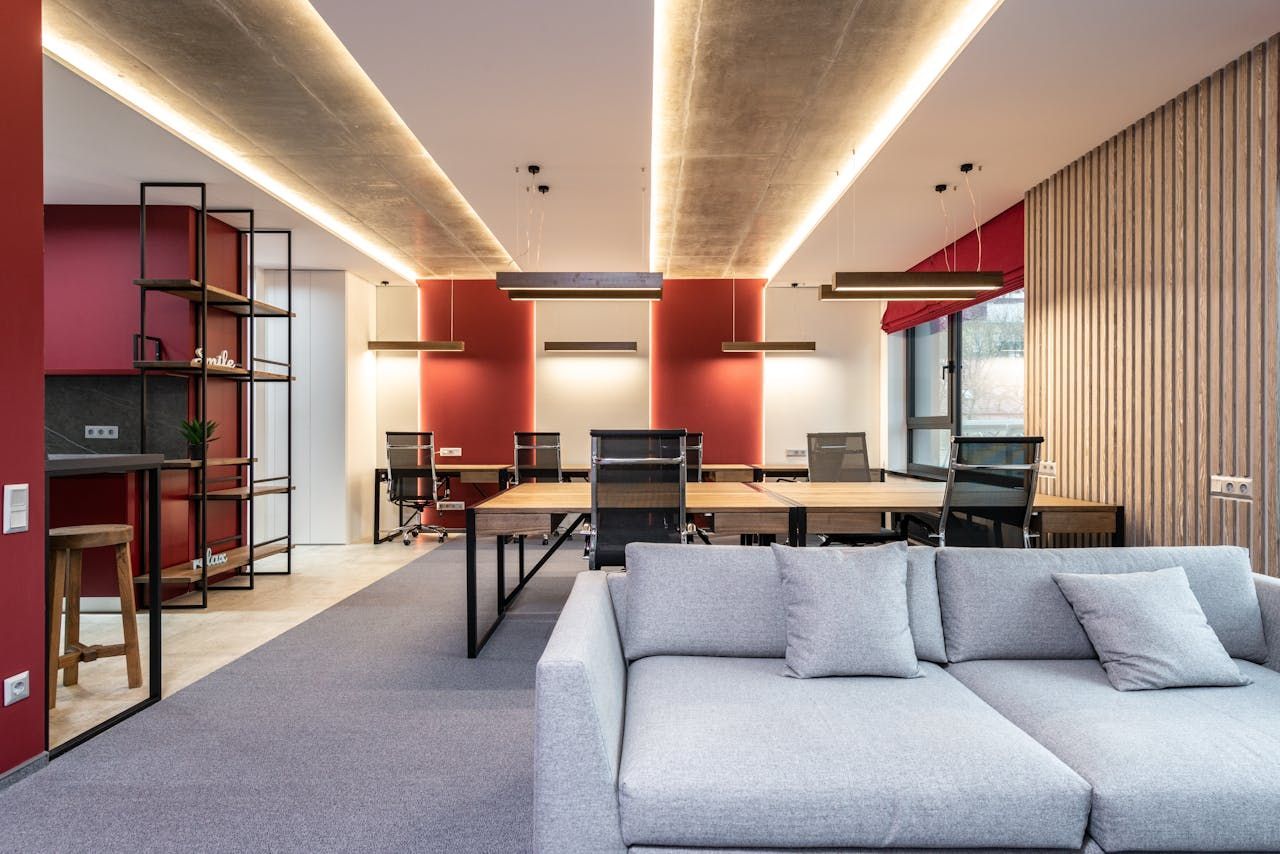Declutter To Deliver: How Regular Cleaning Reduces Workplace Stress and Increases Outputs
Much is often said about how company culture and personal treatment impacts on employee’s well-being, but what about the physical environment? How much does the state of your working space influence your working day? Does clutter lead to poor working performance?
Can regular cleaning reduce stress and increase productivity?
The Link Between Clutter and Stress
What do we mean by ‘clutter’? It’s not necessarily mess - though mess is almost definitively cluttered - and it doesn’t have to be dirty. Clutter is the chaos of things in a space, an overloading of things placed in a disorganised and haphazard way. It’s an almost inevitable end result of a busy life where finding the time to sit and sort is always put off for another day.
Things do have a habit of accumulating over time, especially on desks or in busy working environments. Just pop this paperwork here to deal with tomorrow, put that box in the corner while I think of where to put it, drop the pen I’ve been fiddling with onto the side, and I’ll wash that glass when I’m done with it…
Clutter forms without you even realising it, and there’s never time put aside to deal with it. It drops to the bottom of your to-do list, to be done when all the more important work issues are dealt with.
But no one ever gets to the bottom of their to-do list!
And the clutter affects more than just the physical space it’s filling up. It also niggles away at your headspace, causing little touches of anxiety and stress. For many people, it’s imperceptible, a mental busyness that may be nothing more than a minimal distraction, but over time, just like the clutter itself, it builds up. First a headache, then a sense of can’t-be-bothered, then a push to procrastinate, until finally the clock is ticking and nothing’s been done for hours and panic begins to set in.
‘How can I possibly be expected to work in this mess!’ you scream - maybe out loud, maybe just in your head, but the scream is there.
You just want it gone!
As humans, we know this. It’s why art galleries have their artwork arranged in large empty spaces with plenty of clear wall given to display a painting; it’s why boutique shops display their top fashion in airy expanses of light; it’s why we yearn for log cabins that overlook tranquil lakes. Clutter is visual noise, and no matter how good we are at handling it, sometimes we just seek peace.
Clutter and its Effect on Productivity
Clutter directly impacts how well you and your team work.
The Distraction Effect
A cluttered environment is a distraction. Your eyes flitter away from whatever you are focussing on to catch something that’s out of place on a desk, or you are drawn away from the task in hand for just a moment to move a box.
These tiny moments of distraction may take only a second, but they can have a knock-on effect that throws your process by a lot more, and the more of them there are, the more significant the effect.
At its extreme, the distraction effect can become so consuming that it occupies more of the day than your work. The idea of ‘being productive’ can become laughable when you are unable to concentrate.
The Lost Things Problems
In a very physical way, clutter can make finding things difficult. Not just if the item you are looking for is part of the clutter, but having things in the way makes getting to important stuff that much harder.
And again, it’s a knock-on effect. A box of bits that block a drawer may find itself knocked over when access is needed, creating more mess that isn’t properly sorted right away. Now the contents of that box become more clutter that’s in the way or lost.
Losing things in the clutter is inevitable.
The Locked In Problem
Perhaps an issue for only the most cluttered environments, but being surrounded by mess can result in the feeling of being unable to move and becoming a prisoner to the clutter. When moving around your working space is a challenge, then you know the clutter has reached a high that needs to be immediately dealt with!
The Undervalued Feeling
Working in a cluttered environment makes you feel undervalued. If it is your personal mess, that’s bad enough, but when colleagues are forced to work in someone else’s clutter, that will make them feel disrespected. It’s hard to put in 100% effort when you are feeling undervalued and disrespected, so instead of giving your all, you do the minimum required, watching the clock and hoping for that moment when you can go home.
The Presentation Problem
Consider how others see you when they come into your workspace and see it as a messy, chaotic environment. It doesn’t present your business or your skills in the best light and is off-putting for most. Many employees may avoid soliciting new business if they feel they have to have a meeting in a cluttered workplace, or may suggest meeting elsewhere, adding potential expenses to your client relationships.
Clutter can lose you potential business - a significant negative to a problem that’s easy to solve.
The Health and Safety Problem
While not related to stress or directly impacting your business productivity, the fact is that a cluttered environment is a health and safety risk, and you can be fined as a result.
There are fire risks, trip hazards, access issues and more. Don’t let your business be a danger to your employees, visitors, or yourself.
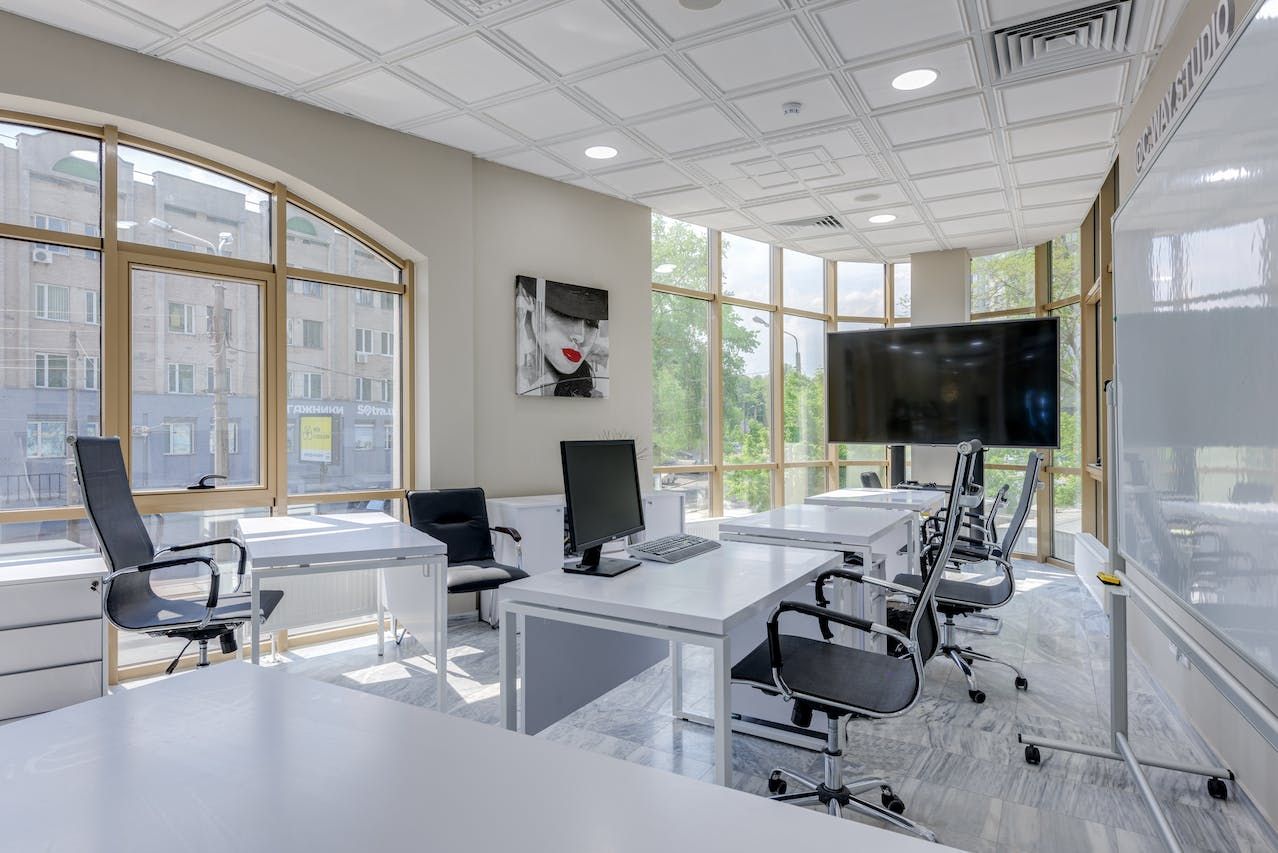
How Regular Cleaning Helps
While your clutter can seem like a huge problem to you, maybe even seemingly insurmountable, to professional cleaners, it’s the day job - and believe us when I say we’ve seen worse!
A professional cleaning team can help you tackle the clutter and mess to turn your business environment around. We’ll clean the mess and deal with all the gathering dust, sticky surfaces and mucky carpets that are making people feel unhappy at work.
We can help organise and order a workplace so your team can get to what they need. Things will no longer be buried, hard to find, or misplaced at the back of cupboards.
Having a professional cleaning team working with you is an incredibly positive investment. As well as cleaning the clutter, cleaners will improve your workplace hygiene, making it a safer and nicer environment all round. Sickness will be lessened and absences reduced.
And everyone will like it more just to come to work! Your clients will enjoy their visits, and the whole team will be able to move on with their day productively, without the distractions and claustrophobic feeling of a headache-inducing cluttered world.
Declutter with LNC Services
If you are suffering from chaos and clutter, contact us at LNC Services. We will turn your mess into a bright and breathable environment, allowing you the space to do what you do best and get on with your business. Contact us today for a tailored quote to match your business.
